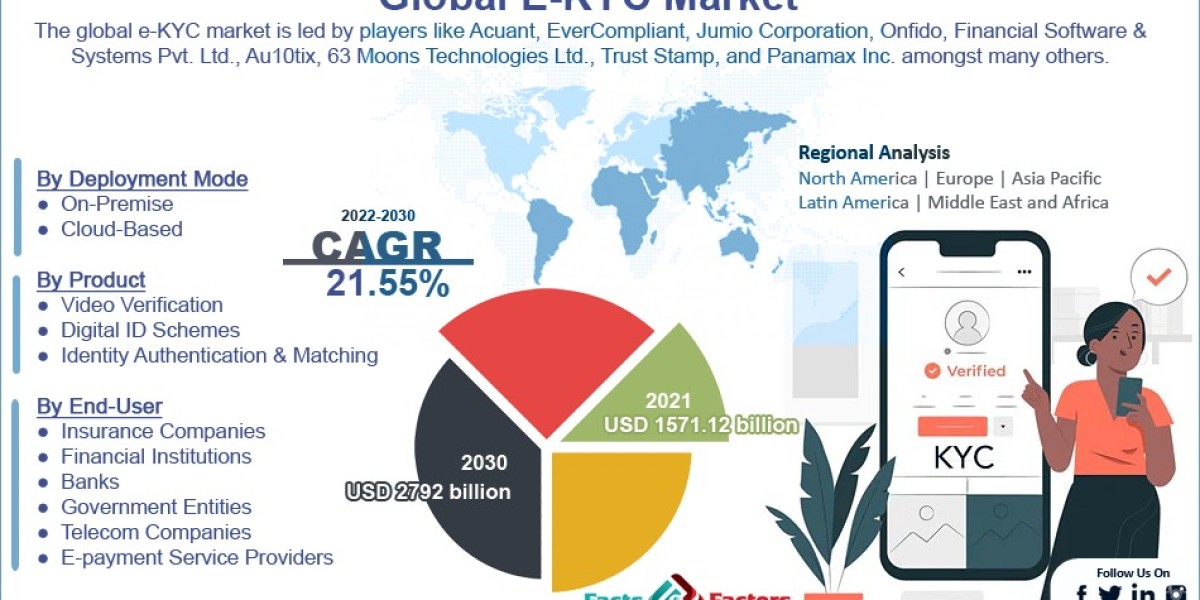Cold rolled steel sheets are essential materials in various industries, including automotive, construction, and manufacturing. The production of these sheets involves several stages, each contributing to the overall cost. Understanding the factors influencing the cold rolled steel sheet production cost is crucial for manufacturers and stakeholders to optimize their processes and maintain profitability. This article explores the components of production costs, historical trends, and future projections.
Raw Material Costs
Hot Rolled Steel Coils
The primary raw material for producing cold rolled steel sheets is hot rolled steel coils. The cost of these coils significantly impacts the overall production cost. Factors influencing these costs include:
Market Prices: The global market prices for steel, driven by supply and demand dynamics, geopolitical factors, and raw material availability (iron ore, coal).
Quality: The quality of hot rolled coils, including their chemical composition and mechanical properties, affects the production process and final product quality.
Supplier Contracts: Long-term contracts with suppliers can stabilize raw material costs, while spot purchases may lead to price volatility.
Request For Free Sample: https://www.procurementresource.com/production-cost-report-store/cold-rolled-sheet/request-sample
Processing Costs
Pickling
The first step in cold rolling involves pickling the hot rolled coils to remove surface oxides and scale. The costs associated with pickling include:
Chemical Costs: The purchase and disposal of hydrochloric or sulfuric acid used in the pickling process.
Equipment: Maintenance and operation of pickling lines, including tanks, rollers, and pumps.
Labor: Wages and benefits for workers operating and maintaining the pickling equipment.
Cold Rolling
Cold rolling involves reducing the thickness of the steel by passing it through rollers at room temperature. Key cost factors in this stage include:
Energy Consumption: Cold rolling is energy-intensive, requiring significant electricity to power the rolling mills.
Equipment Maintenance: Regular maintenance of rolling mills to ensure precision and prevent breakdowns.
Labor Costs: Skilled labor required to operate the rolling mills and monitor the process.
Annealing
Annealing is a heat treatment process that improves the ductility and reduces the hardness of the cold rolled steel. Costs involved in annealing include:
Energy Costs: High energy consumption for heating the steel in annealing furnaces.
Furnace Maintenance: Costs for maintaining and operating annealing furnaces, including fuel and refractory materials.
Labor: Wages for workers overseeing the annealing process.
Skin Passing
Skin passing, or temper rolling, is a light rolling process to improve surface finish and control mechanical properties. The costs associated with skin passing include:
Equipment Costs: Maintenance and operation of temper rolling mills.
Labor Costs: Wages for operators and technicians.
Surface Treatment and Coating
Surface treatments such as galvanizing or painting may be applied to cold rolled steel sheets to enhance corrosion resistance. Costs include:
Material Costs: The purchase of zinc, paint, or other coating materials.
Equipment: Maintenance of coating lines and application equipment.
Labor: Labor for applying and inspecting surface treatments.
Transportation and Logistics
Transporting raw materials to the production facility and finished products to customers involves significant costs, including:
Freight Costs: Expenses related to transporting steel coils and sheets by road, rail, or sea.
Packaging: Costs for packaging materials to protect the steel sheets during transportation.
Logistics Management: Costs for managing logistics and supply chain operations.
Environmental and Regulatory Compliance
Environmental Regulations
Compliance with environmental regulations related to emissions, waste disposal, and energy consumption can impact production costs:
Emission Controls: Installation and maintenance of equipment to control emissions of pollutants and greenhouse gases.
Waste Management: Costs for treating and disposing of waste products generated during production.
Regulatory Fees: Fees and costs associated with obtaining environmental permits and conducting audits.
Safety and Health Regulations
Ensuring the safety and health of workers is paramount in steel production. Compliance with safety regulations involves:
Safety Equipment: Investment in personal protective equipment (PPE) and safety systems.
Training: Regular training programs for workers on safety practices and emergency procedures.
Compliance Costs: Costs related to meeting occupational health and safety standards and conducting inspections.
Overheads and Administrative Costs
Managing a steel production facility involves various overhead and administrative costs, such as:
Facility Maintenance: Regular maintenance of buildings, machinery, and infrastructure.
Administrative Salaries: Salaries for managerial and administrative staff overseeing production, quality control, and logistics.
Research and Development: Investment in R&D to improve production processes, product quality, and sustainability.
Technological Advancements and Efficiency
Investing in advanced technologies can enhance production efficiency and reduce costs. Key areas of technological innovation include:
Automation: Implementing automated systems for monitoring and controlling production processes to improve precision and reduce labor costs.
Energy Efficiency: Utilizing energy-efficient equipment and practices to lower energy consumption and costs.
Process Optimization: Adopting advanced process control technologies to optimize production parameters and minimize waste.
Market Dynamics
Supply and Demand
The global supply and demand for steel significantly impact the production costs of cold rolled steel sheets. Factors include:
Economic Conditions: Economic growth or recession influences the demand for steel in construction, automotive, and manufacturing sectors.
Trade Policies: International trade policies, tariffs, and agreements affect the cost and availability of raw materials and finished products.
Price Volatility
Steel prices are subject to significant volatility due to factors such as raw material costs, geopolitical events, and currency fluctuations. Managing this volatility is crucial for maintaining profitability.
Future Projections
Sustainable Practices
The steel industry is increasingly adopting sustainable practices to reduce environmental impact and meet regulatory requirements. Investing in renewable energy, recycling, and waste reduction technologies will be essential for future cost management and sustainability.
Technological Innovations
Advancements in production technologies, including digitalization, artificial intelligence, and machine learning, will play a crucial role in optimizing processes and reducing costs. These innovations can lead to increased efficiency, higher product quality, and lower environmental impact.
Global Economic Trends
Global economic trends, such as infrastructure development, urbanization, and industrialization in emerging markets, will drive demand for cold rolled steel sheets. Understanding these trends will help producers align their strategies and optimize production to meet market needs.
Conclusion
The cost of producing cold rolled steel sheets is influenced by a complex interplay of factors, including raw material costs, processing expenses, labor, transportation, environmental compliance, and technological advancements. By understanding and managing these components, producers can optimize their operations, reduce costs, and enhance profitability.
Technological innovations, sustainable practices, and a focus on efficiency will be crucial for the future of cold rolled steel sheet production. Producers who invest in these areas will be better positioned to navigate the challenges and opportunities in the global steel market, ensuring a sustainable and profitable future for their operations. Staying informed about market dynamics and regulatory changes will be essential for making strategic decisions and maintaining competitiveness in the evolving steel industry.







